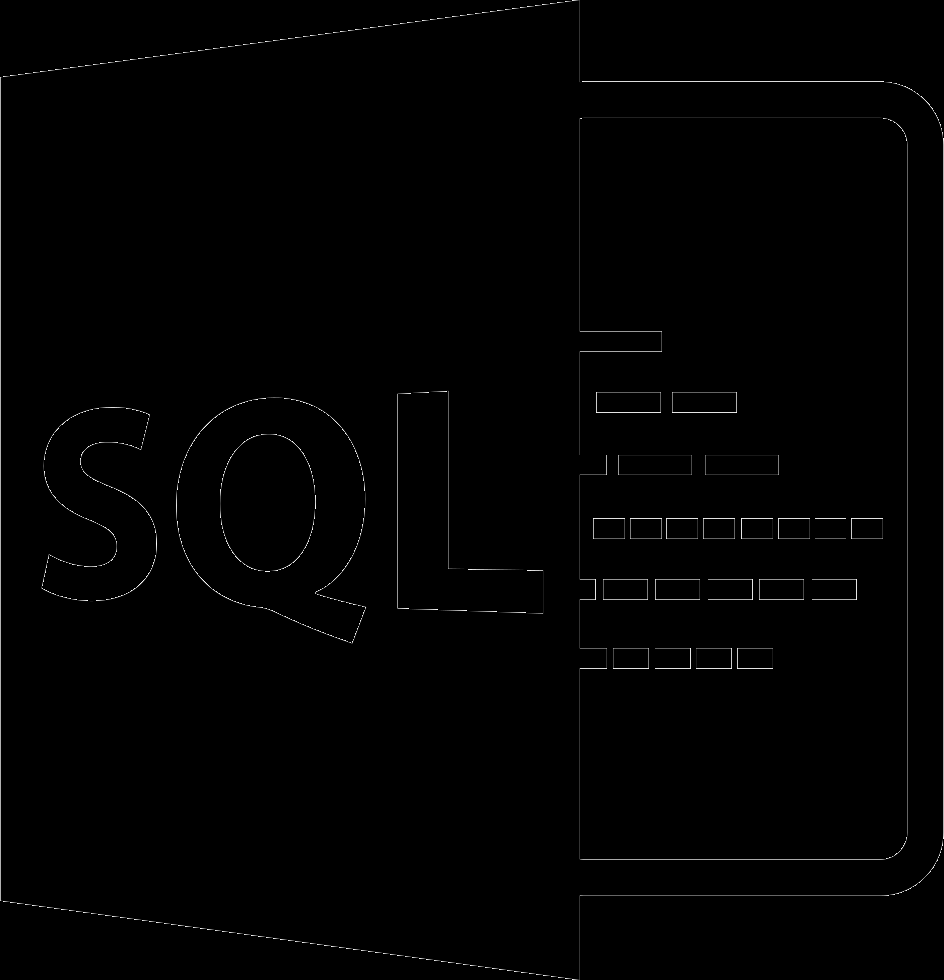Python操作mysql
一、python对MySQL的基本操作
1.连接数据
import pymysql
conn = pymysql.connect(host='127.0.0.1', port=3306, user='root', password='root123', charset='utf8')
cursor = conn.cursor()
2.创建数据库
cursor.execute('create database db01 default charset utf8 collate utf8_general_ci')
conn.commit()
3.进入数据库创建表
cursor.execute('use db01')
sql_create_table_l01= """
create table l01(
id int not null primary key auto_increment,
name varchar(32) not null
)default charset=utf8;
"""
cursor.execute(sql_create_table_l01)
conn.commit()
4. 查看数据库中的表
cursor.execute('show tables')
result = cursor.fetchall()
print(result)
5.新增数据
cursor.execute("insert into l01(id,name) values('1','流水')")
conn.commit()
6.删除
cursor.execute("delete from l01 where id=1")
conn.commit()
7.修改数据
cursor.execute("update tb1 set name='xx' where id=1")
conn.commit()
8.查询数据
cursor.execute("select * from tb where id>10")
data = cursor.fetchone() # cursor.fetchall()
print(data)
9.关闭数据库
cursor.close()
conn.close()
10.执行存储过程
import pymysql
conn = pymysql.connect(host='', port=3306, user='', password='', charset=utf8)
cursor = conn.cursor(cursor=pymysql.cursors.DictCursor)
# 执行存储过程
cursor.callproc('存储过程名称')
result = cursor.fetchall() # 得到执行存储过中的结果集
# 执行带参数存储过程
cursor.callproc('存储过程名称', args=('参数1','参数2', '参数3'))
# 获取执行完存储的参数
cursor.execute('select @_名称_0')
result = cursor.fetchall() # {@_名称_0: 参数}
cursor.close()
conn.close()
print(result)
其他略
二、python操作MySQL的应用
1.登录注册
import pymysql
def register():
print("用户注册")
user = input("请输入用户名:")
password = input("请输入密码:")
# 连接指定数据
conn = pymysql.connect(host='127.0.0.1', port=3306, user='root', passwd='root123', charset="utf8", db="usersdb")
cursor = conn.cursor()
sql = 'insert into users(name,password) values("{}","{}")'.format(user, password)
cursor.execute(sql)
conn.commit()
# 关闭数据库连接
cursor.close()
conn.close()
print("注册成功,用户名:{},密码:{}".format(user, password))
def login():
print("用户登录")
user = input("请输入用户名:")
password = input("请输入密码:")
# 连接指定数据
conn = pymysql.connect(host='127.0.0.1', port=3306, user='root', passwd='root123', charset="utf8", db="usersdb")
cursor = conn.cursor()
sql = "select * from users where name='{}' and password='{}'".format(user, password)
cursor.execute(sql)
result = cursor.fetchone() # 去向mysql获取结果
# 关闭数据库连接
cursor.close()
conn.close()
if result:
print("登录成功", result)
else:
print("登录失败")
def run():
choice = input("1.注册;2.登录")
if choice == '1':
register()
elif choice == '2':
login()
else:
print("输入错误")
if __name__ == '__main__':
run()
2.防止sql注入
1.注入示例
import pymysql
# 输入用户名和密码
user = input("请输入用户名:") # ' or 1=1 --
pwd = input("请输入密码:") # 123
conn = pymysql.connect(host='127.0.0.1', port=3306, user='root', passwd='root123', charset="utf8",db='usersdb')
cursor = conn.cursor()
# 基于字符串格式化来 拼接SQL语句
# sql = "select * from users where name='liu' and password='123'"
# sql = "select * from users where name='' or 1=1 -- ' and password='123'"
sql = "select * from users where name='{}' and password='{}'".format(user, pwd)
cursor.execute(sql)
result = cursor.fetchone()
print(result) # None,不是None
cursor.close()
conn.close()
如果用户在输入user时,输入了: ’ or 1=1 – ,这样即使用户输入的密码不存在,也会可以通过验证。
原因:
在SQL拼接时,拼接后的结果是:
select * from users where name='' or 1=1 -- ' and password='123'
注意: 在mysql中 – 表示注释
切记, sql语句不要在使用Python的字符串格式化, 而是用pymysql的execute方法
2.防止sql注入示例
import pymysql
# 输入用户名和密码
user_name = input('请输入用户名: ')
user_pwd = input('请输入密码: ')
conn = pymysql.connect(host='', password=3306, user='', passwd='', charset='utf8',db='userdb')
cursor = conn.cursor()
cursor.execute('select * from users name=s% and password=s%',[user_name, user_pwd])
# 或者
cursor.execute('select * from users where name=%(n1)s and password=%(n2)s',{'n1':user_name, 'n2':user_pwd})
result = cursor.fetchone()
print(result)
cursor.close()
conn.close()
3.数据库连接池
在操作数控是需要使用数据库连接池文章来源:https://www.toymoban.com/news/detail-564493.html
import pymysql
import threading
from dbutils.pooled_db import PooledDB
MYSQL_DB_POOL = PooledDB(
creator=pymysql, # 使用链接数据库的模块
maxconnections=5, # 连接池允许的最大连接数,0和None表示不限制连接数
mincached=2, # 初始化时,链接池中至少创建的空闲的链接,0表示不创建
maxcached=3, # 链接池中最多闲置的链接,0和None不限制
blocking=True, # 连接池中如果没有可用连接后,是否阻塞等待。True,等待;False,不等待然后报错
setsession=[], # 开始会话前执行的命令列表。如:["set datestyle to ...", "set time zone ..."]
ping=0,
# ping MySQL服务端,检查是否服务可用。
# 如:0 = None = never, 1 = default = whenever it is requested,
# 2 = when a cursor is created, 4 = when a query is executed, 7 = always
host='',
port=3306,
user='',
password='',
database='',
charset=''
)
def task():
# 去连接池获取一个连接
conn = MYSQL_DB_POOL()
cursor = conn.cursor(pymysql.cursors.DictCursor)
cursor.execut('select sleep(2)')
result = cursor.fetchall()
print(result)
cursor.close()
conn.close()
def run():
for i in range(10):
t = threading.Thread(target=task)
t.start()
if __name__ == '__main__':
run()
4.sql工具类
基于数据库连接池开发一个功能sql操作类,方便以后操作数据库文章来源地址https://www.toymoban.com/news/detail-564493.html
- 单列和方法
import pymysql
from dbutils.pooled_db import PooledDB
class DBHelper(object):
def __init__(self):
# TODO 此处配置,可以去配置文件中读取。
self.pool = PooledDB(
creator=pymysql, # 使用链接数据库的模块
maxconnections=5, # 连接池允许的最大连接数,0和None表示不限制连接数
mincached=2, # 初始化时,链接池中至少创建的空闲的链接,0表示不创建
maxcached=3, # 链接池中最多闲置的链接,0和None不限制
blocking=True, # 连接池中如果没有可用连接后,是否阻塞等待。True,等待;False,不等待然后报错
setsession=[], # 开始会话前执行的命令列表。如:["set datestyle to ...", "set time zone ..."]
ping=0,
# ping MySQL服务端,检查是否服务可用。# 如:0 = None = never, 1 = default = whenever it is requested, 2 = when a cursor is created, 4 = when a query is executed, 7 = always
host='127.0.0.1',
port=3306,
user='root',
password='root123',
database='userdb',
charset='utf8'
)
def get_conn_cursor(self):
conn = self.pool.connection()
cursor = conn.cursor(pymysql.cursors.DictCursor)
return conn, cursor
def close_conn_cursor(self, *args):
for item in args:
item.close()
def exec(self, sql, **kwargs):
conn, cursor = self.get_conn_cursor()
cursor.execute(sql, kwargs)
conn.commit()
self.close_conn_cursor(conn, cursor)
def fetch_one(self, sql, **kwargs):
conn, cursor = self.get_conn_cursor()
cursor.execute(sql, kwargs)
result = cursor.fetchone()
self.close_conn_cursor(conn, cursor)
return result
def fetch_all(self, sql, **kwargs):
conn, cursor = self.get_conn_cursor()
cursor.execute(sql, kwargs)
result = cursor.fetchall()
self.close_conn_cursor(conn, cursor)
return result
db = DBHelper()
from db import db
db.exec("insert into d1(name) values(%(name)s)", name="Kevin")
ret = db.fetch_one("select * from d1")
print(ret)
ret = db.fetch_one("select * from d1 where id=%(nid)s", nid=3)
print(ret)
ret = db.fetch_all("select * from d1")
print(ret)
ret = db.fetch_all("select * from d1 where id>%(nid)s", nid=2)
print(ret)
- 上下文管理
import threading
import pymysql
from dbutils.pooled_db import PooledDB
POOL = PooledDB(
creator=pymysql, # 使用链接数据库的模块
maxconnections=5, # 连接池允许的最大连接数,0和None表示不限制连接数
mincached=2, # 初始化时,链接池中至少创建的空闲的链接,0表示不创建
maxcached=3, # 链接池中最多闲置的链接,0和None不限制
blocking=True, # 连接池中如果没有可用连接后,是否阻塞等待。True,等待;False,不等待然后报错
setsession=[], # 开始会话前执行的命令列表。如:["set datestyle to ...", "set time zone ..."]
ping=0,
host='127.0.0.1',
port=3306,
user='root',
password='root123',
database='userdb',
charset='utf8'
)
class Connect(object):
def __init__(self):
self.conn = conn = POOL.connection()
self.cursor = conn.cursor(pymysql.cursors.DictCursor)
def __enter__(self):
return self
def __exit__(self, exc_type, exc_val, exc_tb):
self.cursor.close()
self.conn.close()
def exec(self, sql, **kwargs):
self.cursor.execute(sql, kwargs)
self.conn.commit()
def fetch_one(self, sql, **kwargs):
self.cursor.execute(sql, kwargs)
result = self.cursor.fetchone()
return result
def fetch_all(self, sql, **kwargs):
self.cursor.execute(sql, kwargs)
result = self.cursor.fetchall()
return result
from db_context import Connect
with Connect() as obj:
# print(obj.conn)
# print(obj.cursor)
ret = obj.fetch_one("select * from d1")
print(ret)
ret = obj.fetch_one("select * from d1 where id=%(id)s", id=3)
print(ret)
到了这里,关于Python操作mysql的文章就介绍完了。如果您还想了解更多内容,请在右上角搜索TOY模板网以前的文章或继续浏览下面的相关文章,希望大家以后多多支持TOY模板网!











